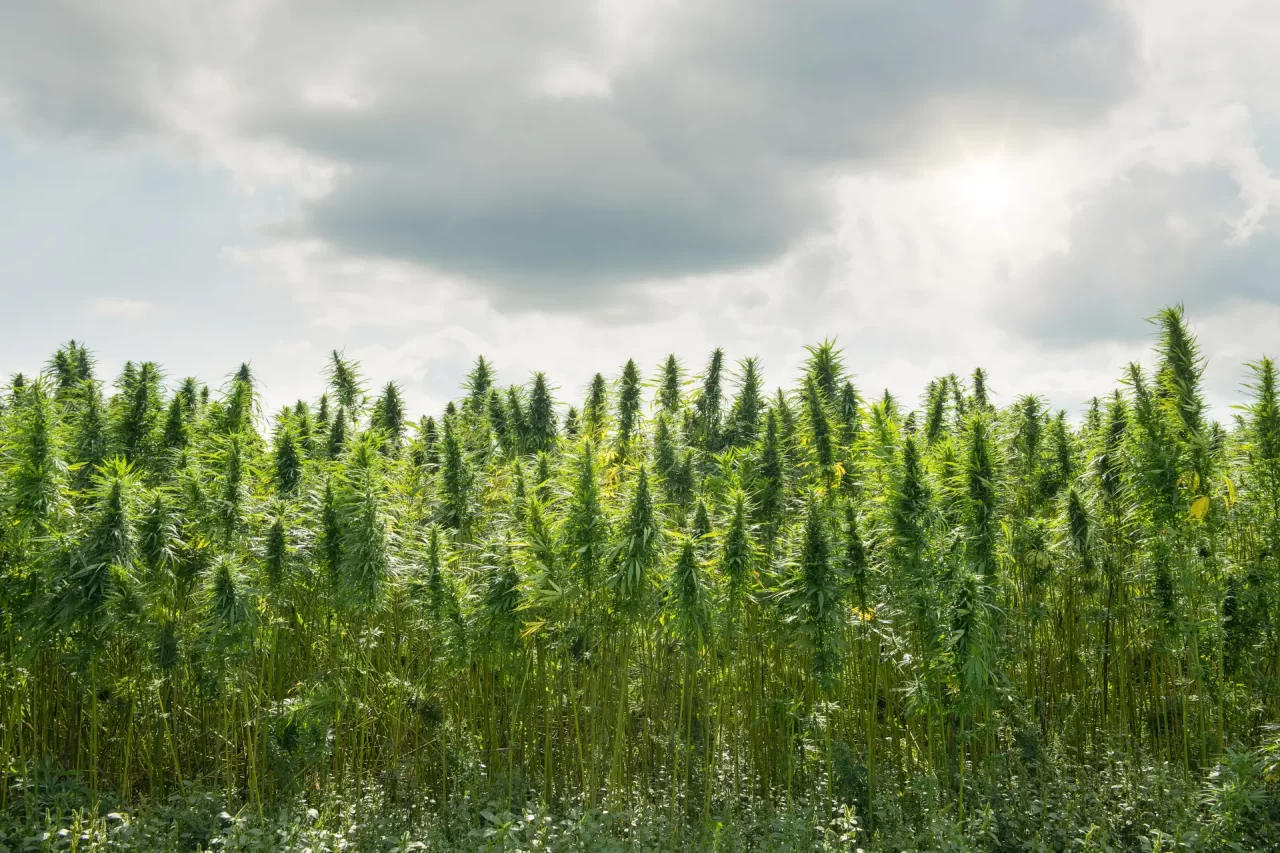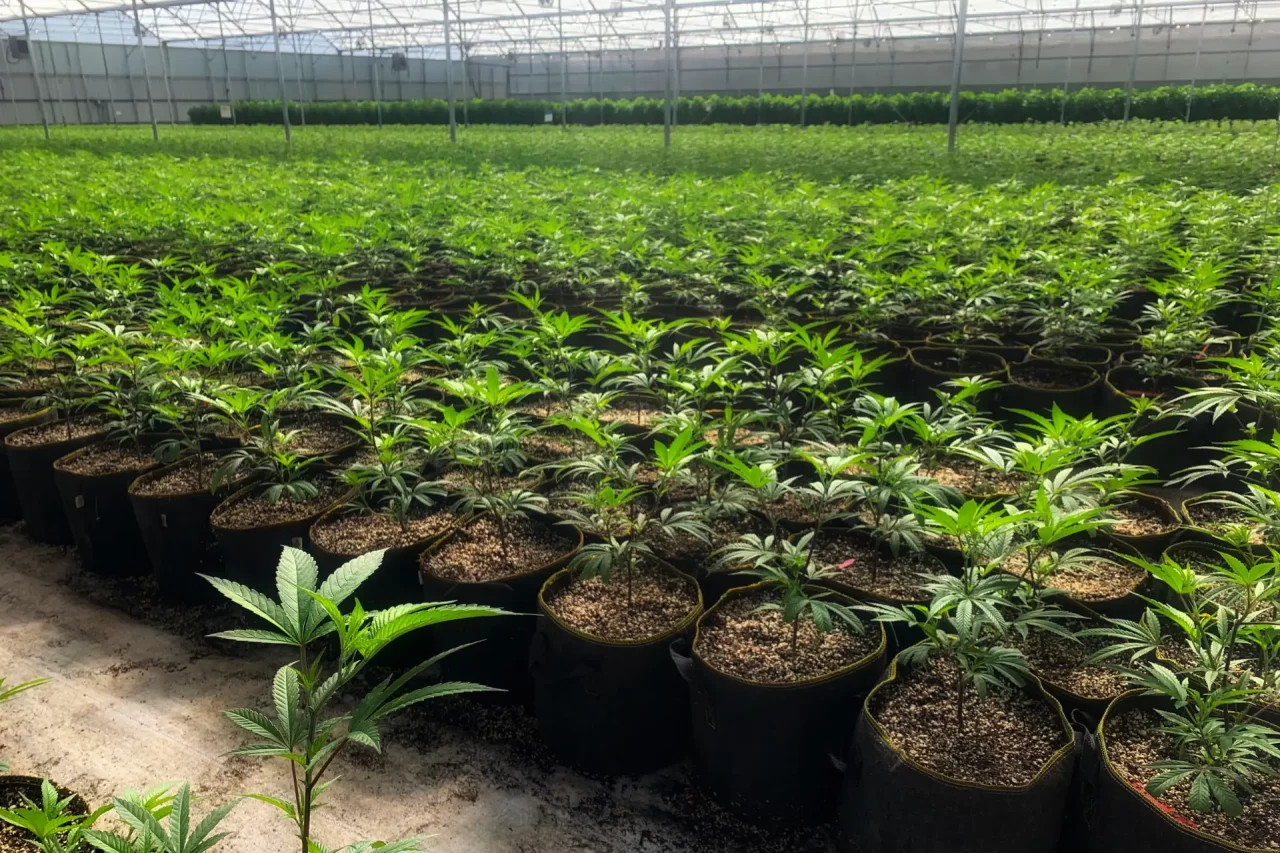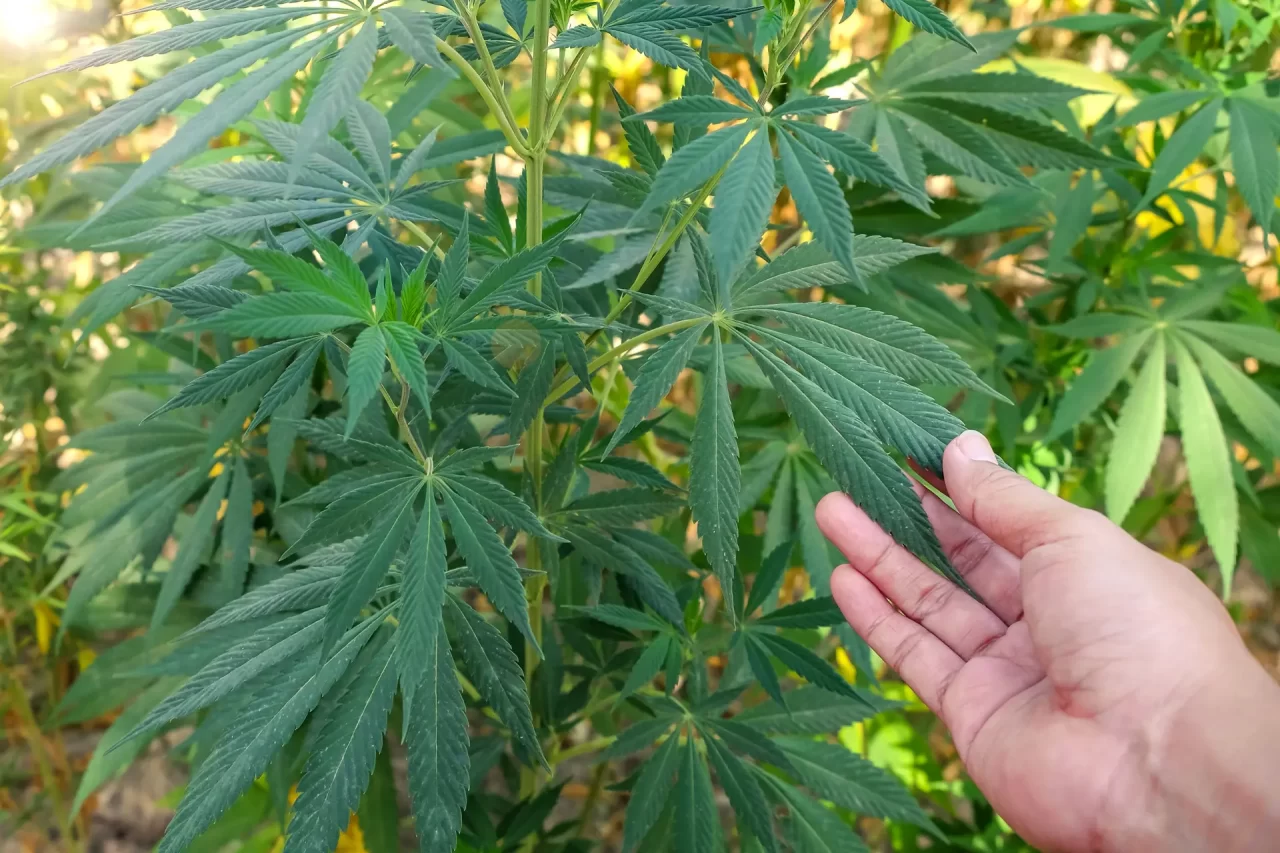High-yielding marijuana seeds are distinct because they possess genetic traits that enable them to produce large amounts of buds. These characteristics often include enhanced resilience to environmental stresses, rapid growth rates, and the ability to flourish in various growing conditions. By investing in these seeds, cultivators can expect plants that not only grow taller and faster but also have branches strong enough to support the extra weight of dense and numerous buds.

Exploring High-Yielding Cannabis Strains
Popular High-Yielding Strains
Strains Known for Robust Growth
Purchasing High-Yielding Cannabis Seeds
Tips for Buying High-Yielding Seeds Online
- Research Thoroughly: Start by identifying cannabis strains known for their high-yield potential. Look for detailed information about each strain’s growth requirements, flowering time, and typical yield per plant. Premium Seed Market provides you with strain profiles and cultivation advice.
- Read Reviews: Customer reviews are a treasure trove of information about the actual performance of cannabis seeds under various conditions. These reviews can offer insights into how seeds perform in different climates, soil types, and care regimes. Look for patterns in the feedback, such as consistent reports of good yields or, conversely, issues like poor germination rates. This can guide you in avoiding problematic strains or sellers.
- Verify Genetics: Premium Seed Market provides detailed genetic information about the strains. This includes the lineage and stability of the strain, which assures you of the seed’s potential to produce the high yields advertised. Genetic verification also helps in understanding the expected characteristics of the plant, such as its resilience to pests and diseases, which directly influence yield outcomes.
Ensuring Quality and Authenticity
Growing High-Yield Cannabis: Best Practices
Proper Lighting Techniques
- Intensity: The intensity of the lighting system should be robust enough to penetrate through the canopy to reach the lower leaves, ensuring even growth throughout the plant. However, it’s vital to balance this intensity to avoid light burn, which can damage leaves and hinder growth. Typically, this involves setting up lights that can be adjusted in output as plants grow and their tolerance for light increases.
- Duration: The duration of light exposure should vary according to the plant’s development stage. During the vegetative stage, cannabis plants benefit from longer light exposure, typically 18 hours per day, to stimulate growth. As they transition to the flowering phase, the light schedule should be reduced to about 12 hours per day.
- Distance: The positioning of lights is key to maximizing light absorption without causing thermal stress. Lights should be placed close enough to the plants to ensure they receive ample light, but far enough away to prevent heat damage. Distance may need adjustment as plants grow taller and closer to the light source.
- Type: The choice of lighting technology plays a significant role in the efficiency and effectiveness of a growth operation. LED lights are favored for their energy efficiency and lower heat output, making them ideal for maintaining cooler growth environments. Alternatively, High-Pressure Sodium (HPS) lights are beneficial for the flowering stage due to their powerful output that supports robust bud development. The decision on lighting type should consider the specific needs of the cannabis strain being grown as well as the grower’s operational conditions.

Nutrient Management Strategies
Effective Training Methods (Topping, Pruning, SCROG)
Managing Temperature and Humidity for Optimal Yields
Environmental Factors Influencing Yields
Indoor vs. Outdoor Growing Environments
The Role of Greenhouses
Increased Cannabis Yields with Technology
Latest Trends in Cultivation Technology
Automated Irrigation Systems

To achieve the best high-yielding cannabis seeds, it is crucial to remain informed about the latest cultivation techniques and advancements in cannabis genetics. Staying connected with reputable seed banks such as Premium Seed Market and continuously experimenting with new growing methods can lead to even greater yields and more efficient production processes. Remember, the key to successful cannabis cultivation lies in attention to detail, a commitment to quality, and the willingness to adapt to new technologies and methods.

